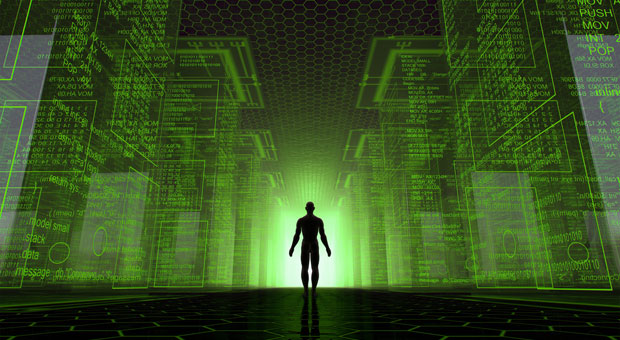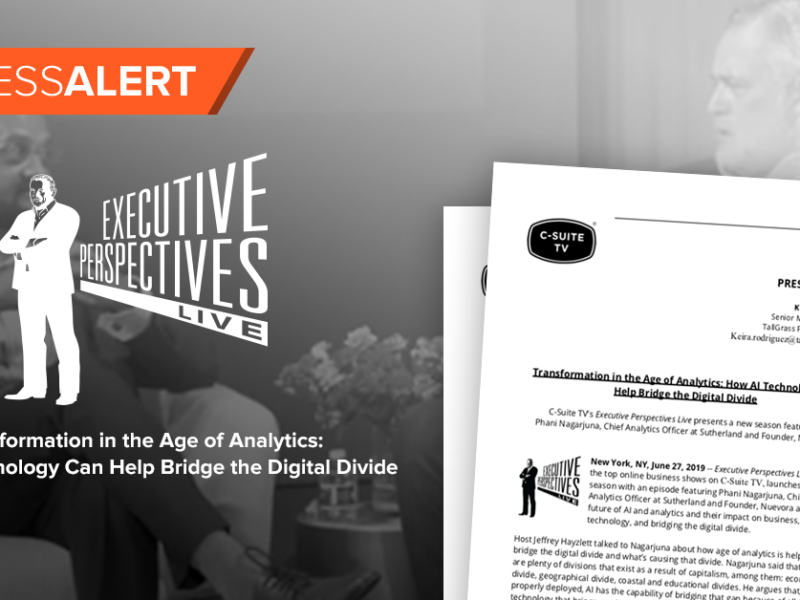
ANALYSIS Few Jobs Safe From Robotics, AI Advances
ANALYSIS Few Jobs Safe From Robotics, AI Advances https://csuiteold.c-suitenetwork.com/wp-content/uploads/2017/08/analysis-few-jobs-safe-from-robotics-ai-advances.jpg 620 340 C-Suite Network https://csuiteold.c-suitenetwork.com/wp-content/uploads/2017/08/analysis-few-jobs-safe-from-robotics-ai-advances.jpg
The age of connected and intelligent systems has been a subject of intense media coverage and hot debate, but the implications will be much greater than many have forecast. Most predictions paint a rather bleak picture for lower-income blue collar jobs.
Many will be replaced with automation resulting from the combination of advanced sensor, connectivity, processing, robotics and artificial intelligence technologies. However, the impact on white collar jobs and communities may be even more significant.
To be fair, every advancement in technology has been met with alarm bells. Everything — from textile machines to the automobile to advancements in manufacturing — has sparked resistance and fear of lost jobs. What typically happens is that new jobs are created in place of old jobs, but those new jobs require different skill sets, and there may be a downturn in some professions before there is an equal upsurge in others.
The personal computer changed and ended many data entry and secretarial jobs, for example, but it created a plethora of new technology jobs. Technology historically has displaced many traditionally human, often labor-intensive, jobs. Robotics has been displacing human labor in automotive and equipment manufacturing for more than 40 years. Now technology is displacing food service and warehouse workers, cashiers and even writers, among many others.
Better-Than-Human Doctors?
As we recently have seen in both the U.S. and Europe, technology is not the only cause for some of these job losses. Often, they are a result of many factors, such as economic swings, outsourcing to other regions, and changes in business and consumer demand. Technical innovations are not to blame for all of society’s ills.
The losses also can be attributed to competition, the higher cost of human labor, liability associated with human labor, productivity issues, and government regulations (that is, protections) for human labor.
These issues and others will continue to have an impact on traditional blue collar jobs while technology continues to improve and become more cost competitive. These trends spell trouble for current workers who lack skills, and for future generations who are ill prepared for workforce changes.
Just as robots automate manual tasks, new deep learning neural networks enable the automation of intellectual tasks, displacing white-collar jobs that require experience, education,…






